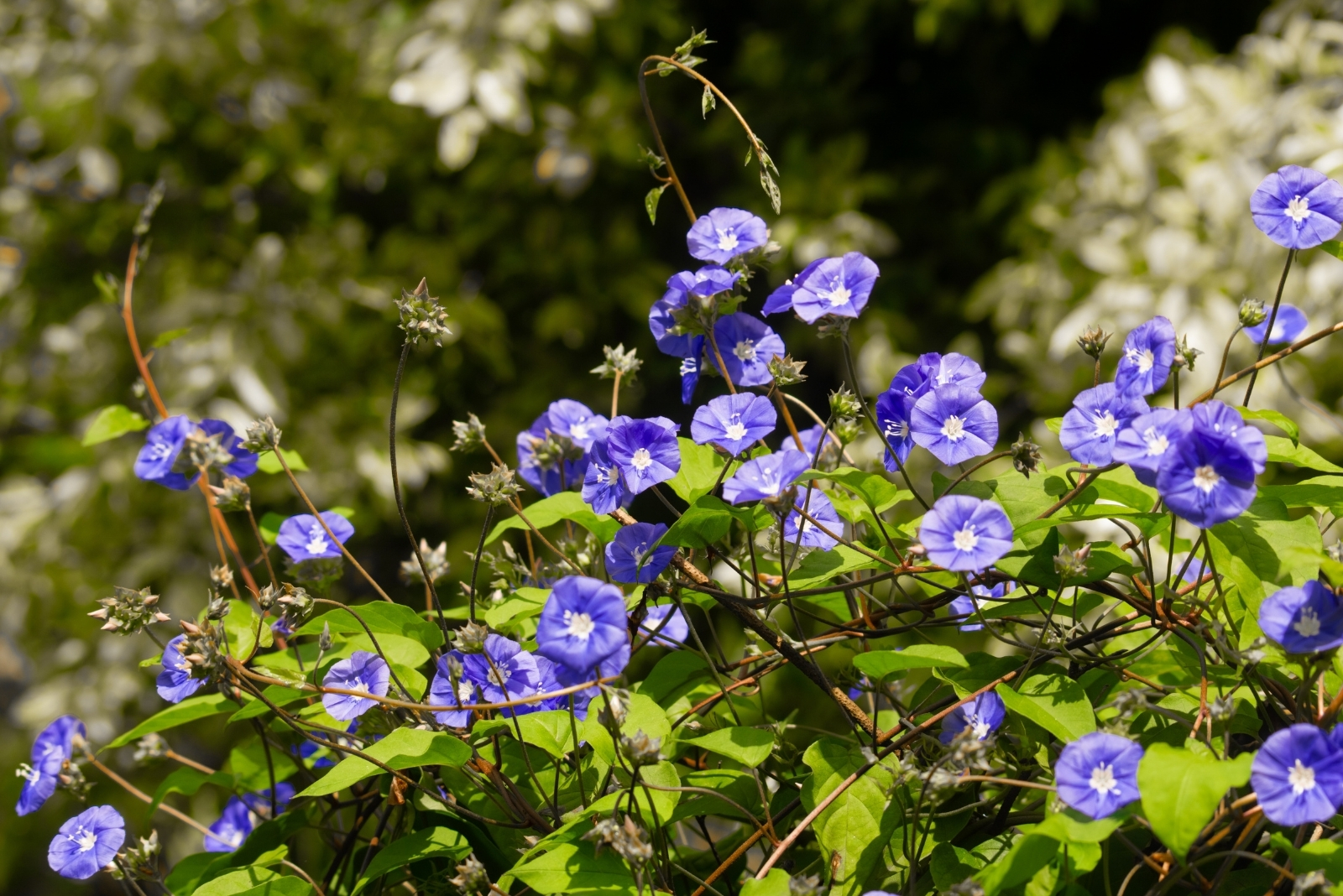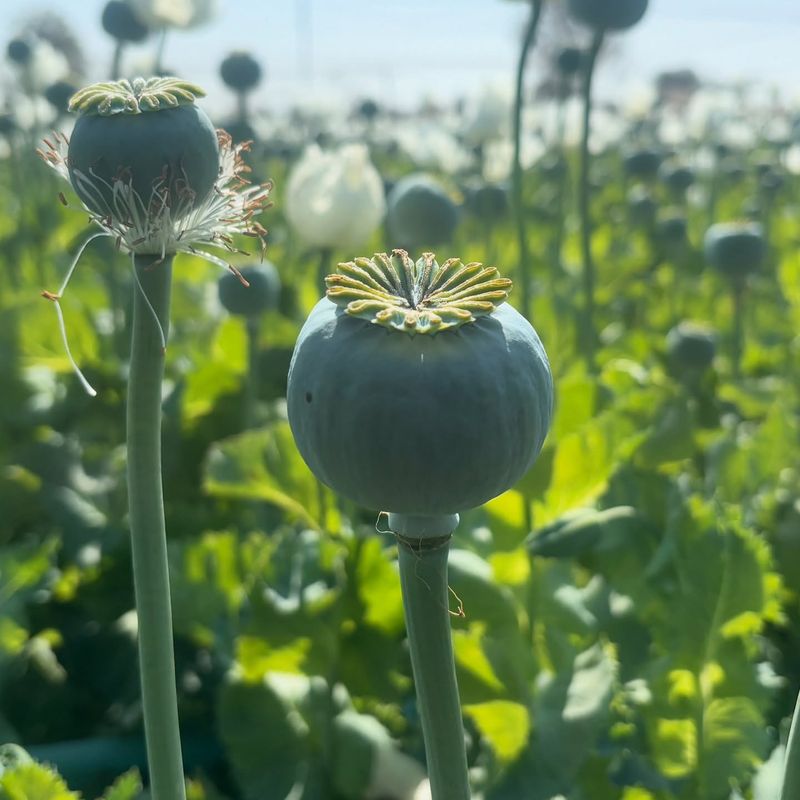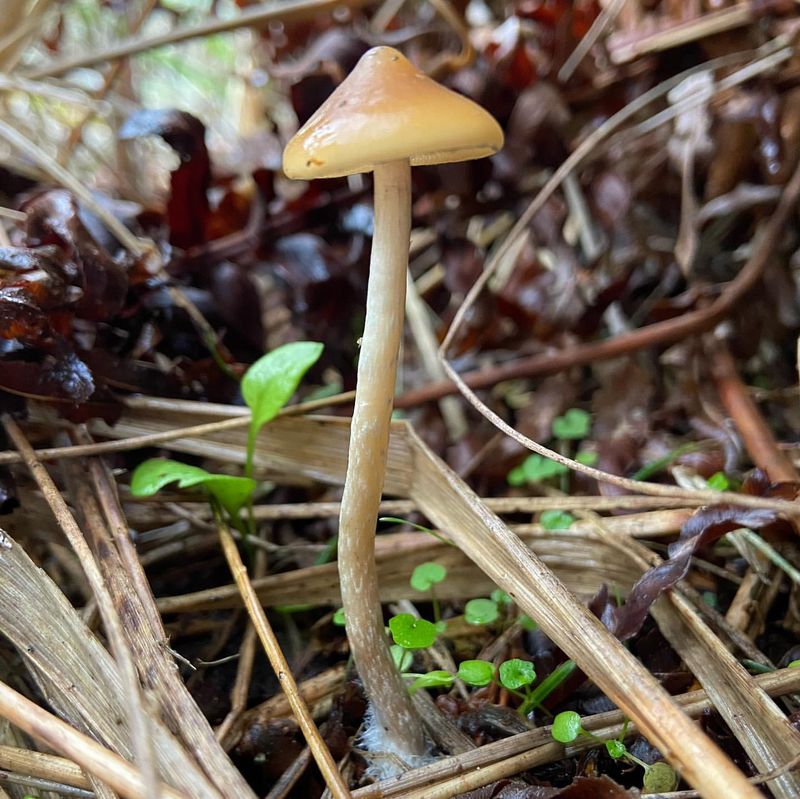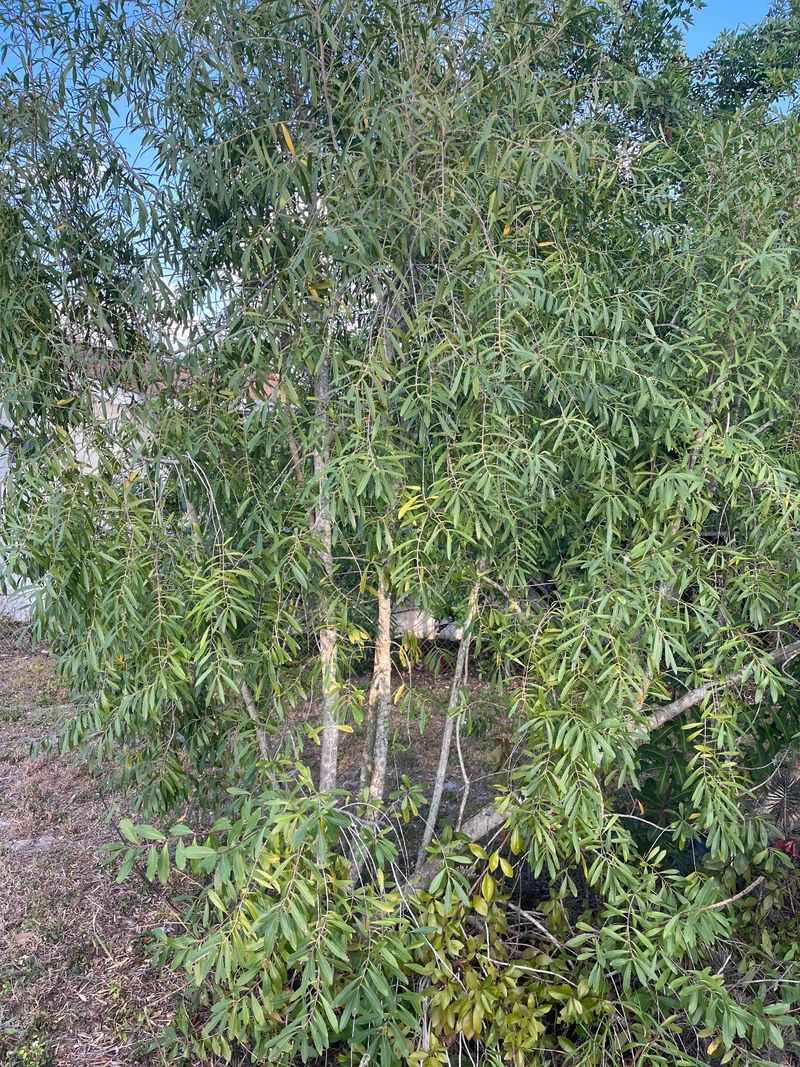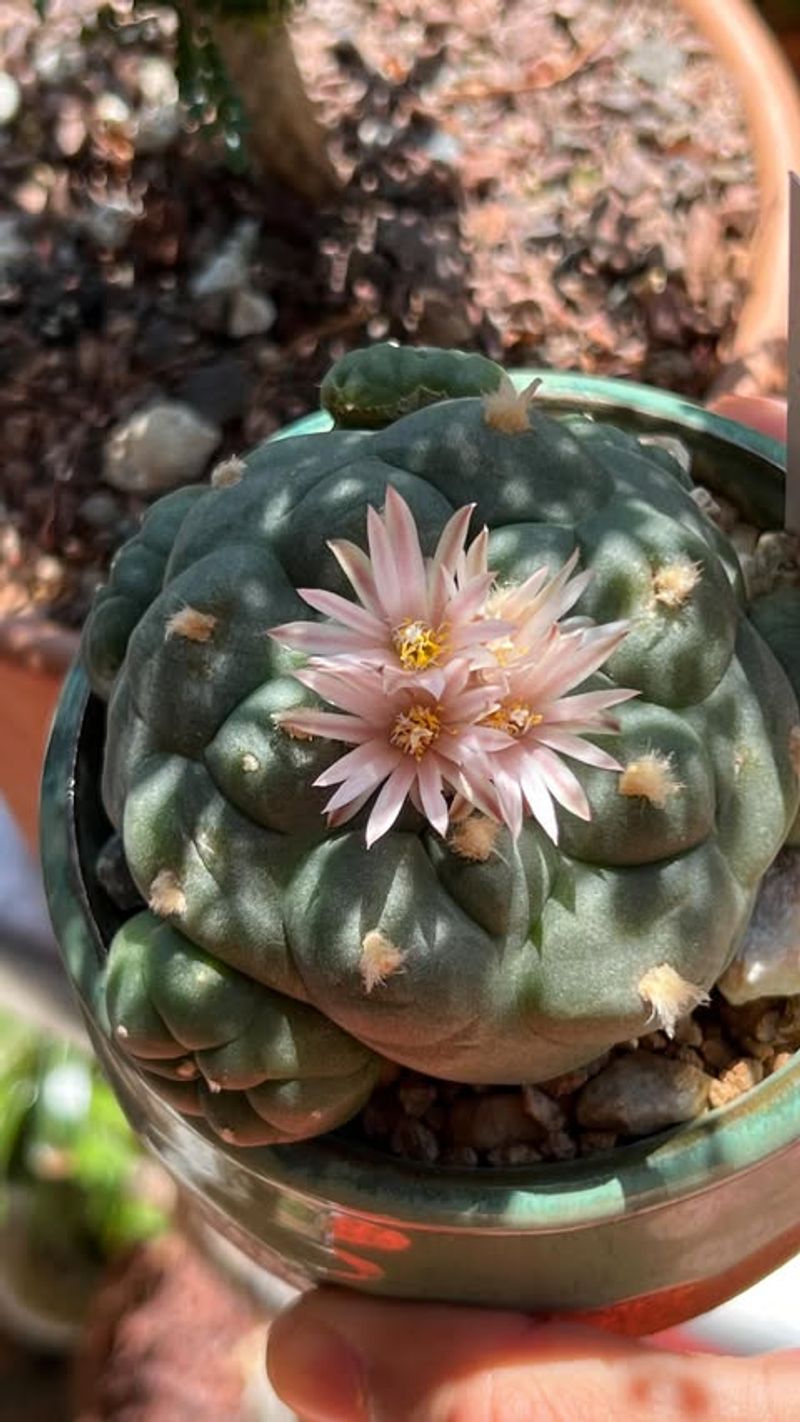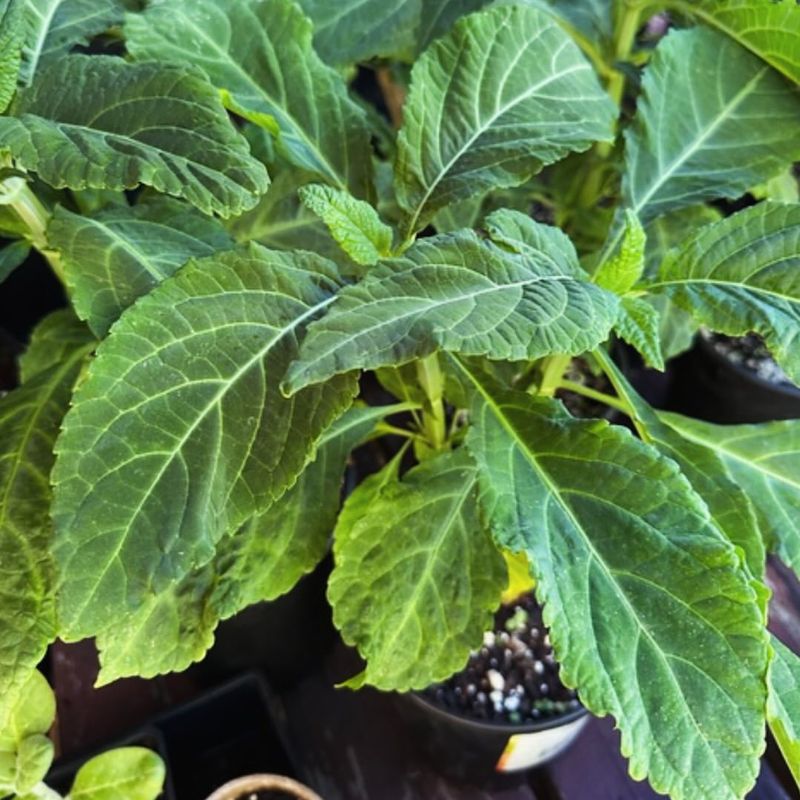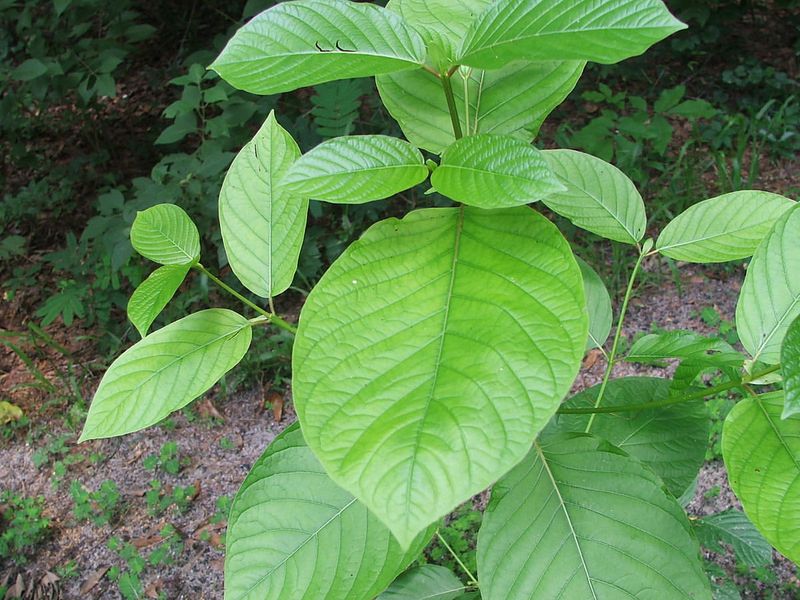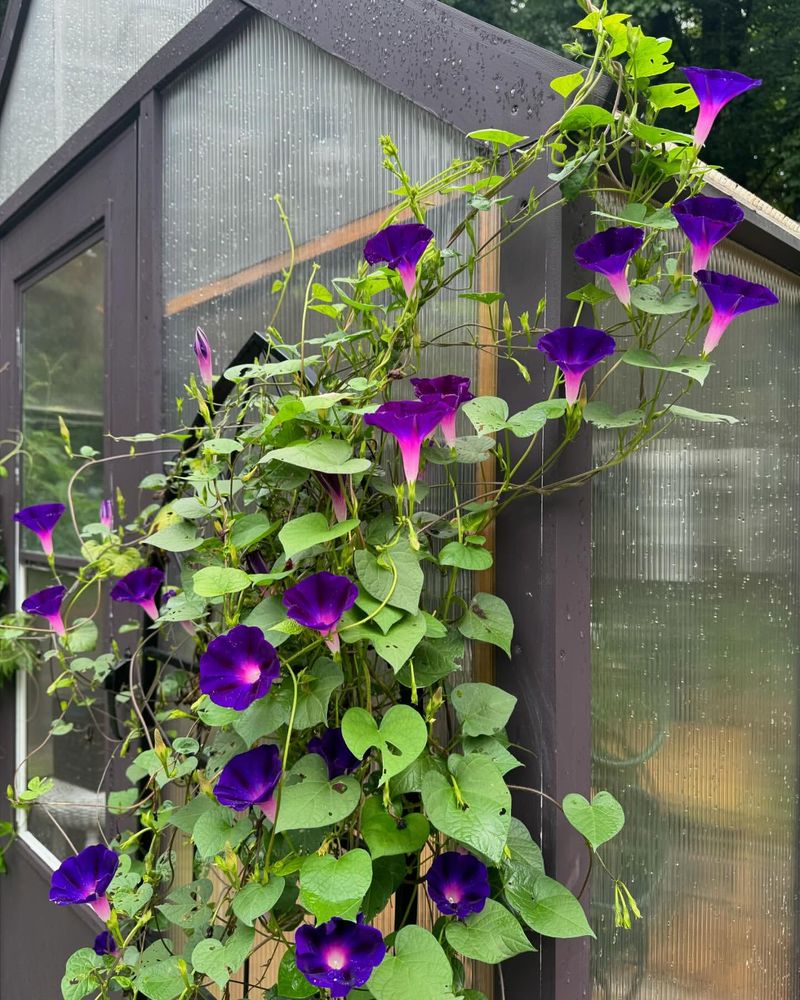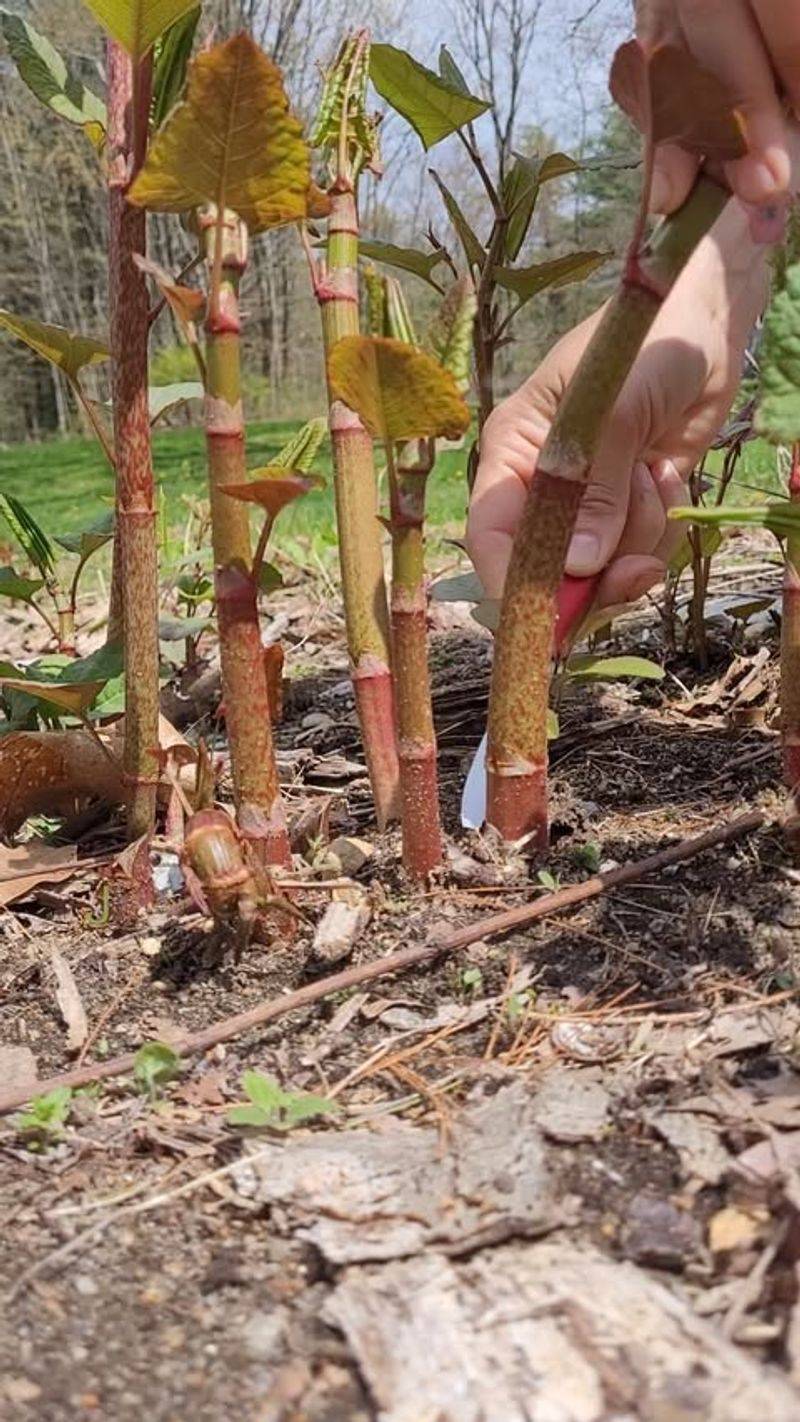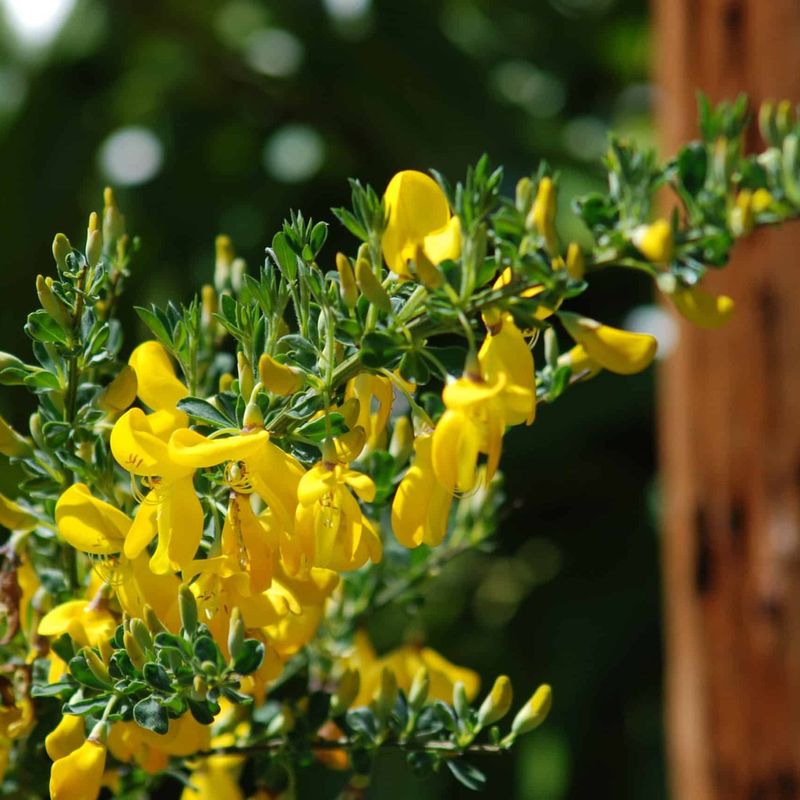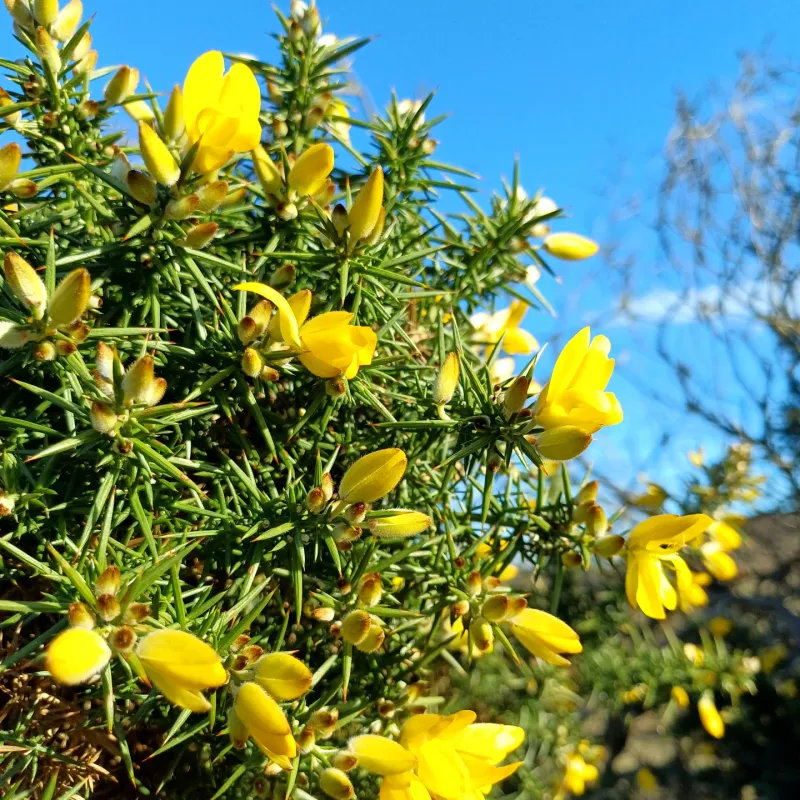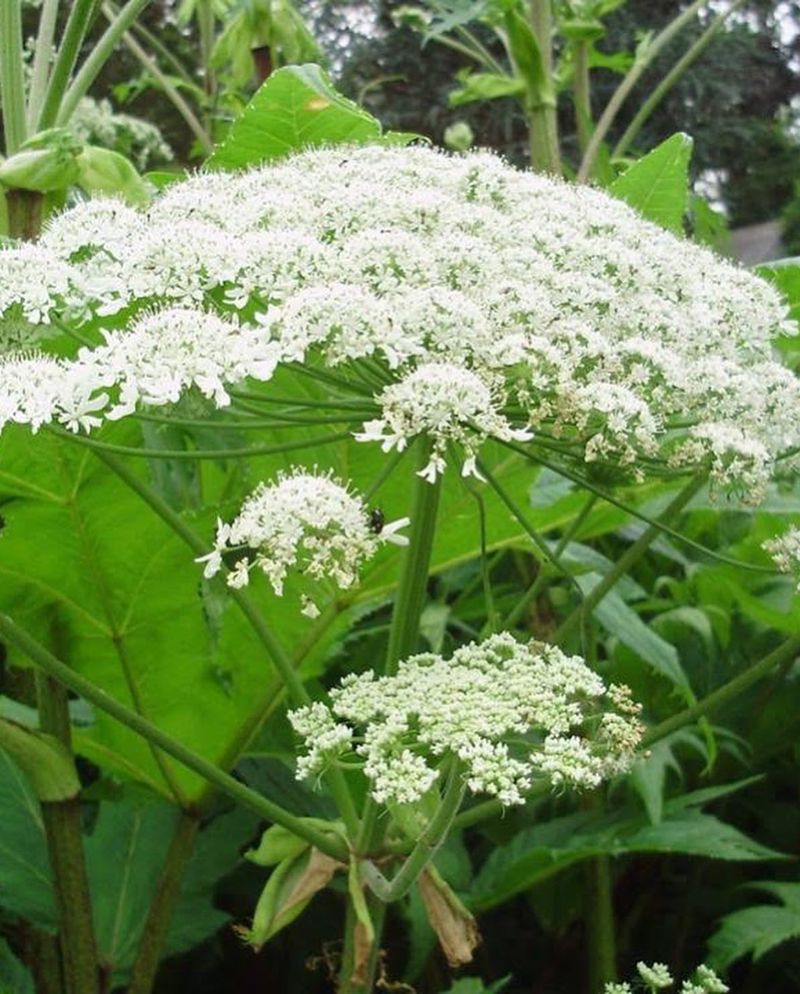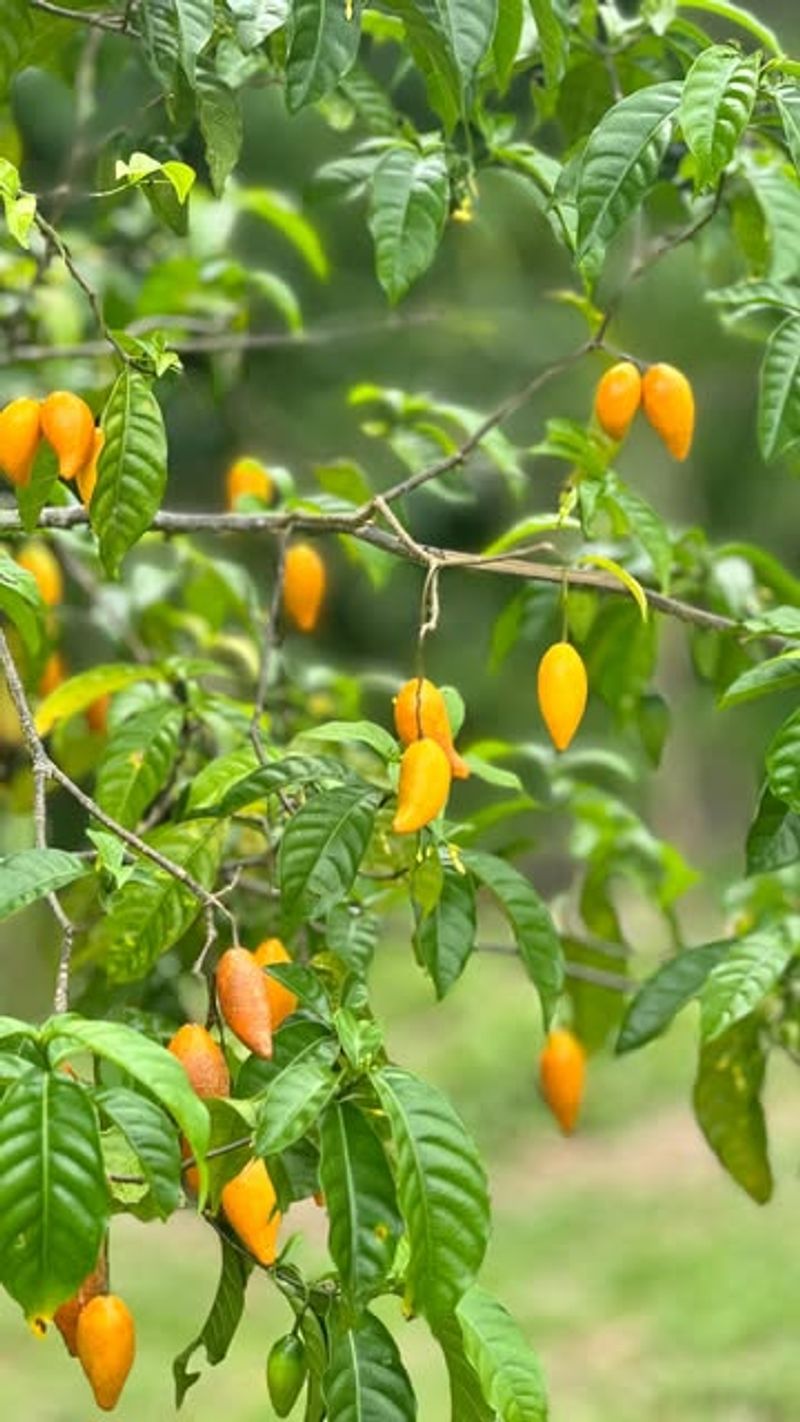Oregon gardens can hide a few surprising secrets, and some plants you might think are harmless are actually off-limits. I was shocked the first time I learned that a few common backyard favorites are technically illegal to grow.
It’s easy to imagine planting whatever you like, but knowing the rules can save a lot of headache—and a potential fine. I’ve put together a list of these unexpected forbidden crops so your garden stays fun and trouble-free.
Trust me, some of these will make you do a double-take!
1. Opium Poppy
The vibrant blooms might seem innocent enough, but cultivating these beauties for opium production is strictly prohibited. Papaver somniferum varieties specifically grown for their narcotic properties face heavy scrutiny in Oregon.
While some ornamental varieties are sold legally, authorities in the Beaver State can determine intent based on how you harvest and process these plants.
2. Psilocybin Mushrooms
Despite Oregon’s groundbreaking therapeutic psilocybin program, growing these fungi at home remains illegal. The recent state measures only permit licensed facilities to cultivate these psychedelic mushrooms for controlled therapeutic use.
Many Oregonians mistakenly believe decriminalization equals legalization for home growing, which could result in legal complications.
3. Khat
This East African stimulant plant contains cathinone, a controlled substance under federal law. Oregon residents sometimes attempt to grow khat for cultural reasons, unaware of its illegal status.
The mild-looking shrub might seem harmless, but cultivation in the Pacific Northwest state can result in serious legal consequences due to its classification as a Schedule I substance.
4. Peyote
This small, button-like cactus contains mescaline and faces strict prohibition in Oregon. While there are religious exemptions for Native American Church members, growing peyote in your backyard is otherwise illegal.
The slow-growing nature of this desert plant makes it particularly appealing to Oregon collectors, but possession outside religious contexts violates both state and federal laws.
5. Salvia Divinorum
Though legal to possess in Oregon, cultivating this potent hallucinogenic sage for consumption puts you on shaky legal ground. The plant’s status exists in a regulatory gray area that confuses many gardeners.
Oregon authorities generally focus enforcement on distribution rather than personal growth, but commercial production without proper licensing can trigger legal action in the state.
6. Kratom
While kratom remains legal for adults in Oregon, growing the tropical tree presents practical and potential legal challenges. The Southeast Asian native requires specific growing conditions rarely found in Oregon’s climate.
State regulations could change rapidly as federal agencies consider restrictions, making any cultivation investment risky for Oregon gardeners interested in this controversial plant.
7. Morning Glory
Certain varieties contain LSA, a compound similar to LSD. While the ornamental flower itself isn’t illegal in Oregon, growing it specifically for consumption of its psychoactive seeds crosses into controlled substance territory.
Many Oregon gardeners unknowingly plant these beautiful climbers without realizing the potential legal implications if authorities determine intent for drug production rather than decoration.
8. Japanese Knotweed
This invasive species is prohibited under Oregon’s noxious weed laws. Once established, Japanese knotweed spreads aggressively, damaging foundations, roads, and native ecosystems throughout the state.
Oregon’s Department of Agriculture actively targets this plant for eradication, and intentionally growing it could result in fines and mandatory removal costs that quickly escalate into thousands of dollars.
9. Scotch Broom
The bright yellow flowers might look cheerful, but this invasive shrub is banned from cultivation in Oregon. It aggressively displaces native plants and creates serious fire hazards in the state’s forests and grasslands.
Oregon’s strict noxious weed regulations prohibit propagation of Scotch broom, with penalties possible for those intentionally growing this ecological threat in their backyards.
10. Gorse
This prickly shrub with yellow flowers is classified as a noxious weed in Oregon. Originally introduced as an ornamental, gorse now threatens coastal ecosystems and creates extreme fire hazards across the state.
Oregon authorities actively work to eliminate gorse populations, making intentional cultivation not just illegal but potentially subject to costly removal orders and possible fines.
11. Giant Hogweed
This towering plant causes severe burns when skin contact combines with sunlight. Oregon lists giant hogweed as a noxious weed, making cultivation illegal due to both ecological and public health concerns.
The sap contains chemicals that make skin extremely sensitive to UV light, resulting in painful blisters that Oregon health officials warn can leave permanent scars.
12. Iboga
This African shrub contains the powerful psychoactive ibogaine, classified as a Schedule I controlled substance. Despite interest in its addiction treatment potential, growing iboga in Oregon remains firmly illegal.
Some Oregon residents attempt cultivation under the radar, unaware that possession of this plant can trigger the same severe penalties as harder drugs under both state and federal law.

